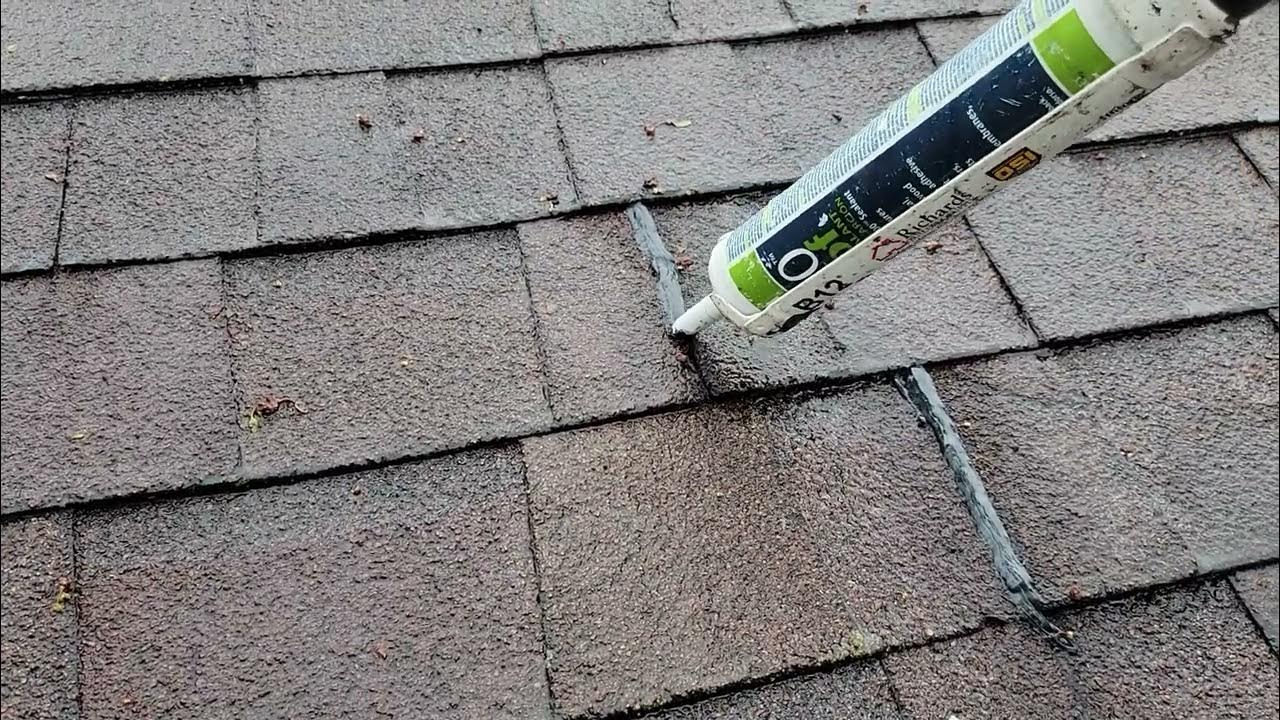Managing Roof Leakage: A Comprehensive GuideManaging Roof Leakage: A Comprehensive Guide
Identifying the Causes of Roof Leaks
Roof leaks can be a significant concern for any homeowner, leading to extensive damage if not addressed promptly click here to learn more. Understanding the causes, identifying early signs, and knowing the steps to manage and repair leaks are crucial in maintaining the integrity of your home. This guide provides a detailed overview of handling roof leaks, from detection to repair.
Weather-Related Damage
Extreme weather conditions, such as heavy rain, hail, and strong winds, can cause immediate and noticeable damage to your roof, leading to leaks. Regular inspections, especially after severe weather events, can help identify and mitigate these issues early.
Age-Related Wear and Tear
Over time, roofing materials deteriorate due to exposure to the elements, making older roofs more susceptible to leaks. Regular maintenance and timely repairs are essential to extend the lifespan of your roof.
Improper Installation
Faulty installation of roofing materials can lead to gaps and weak points where water can enter. Ensuring that your roof is installed by a reputable and experienced contractor is crucial to prevent leaks.
Lack of Maintenance
Neglecting regular roof maintenance, such as Cleaning gutters and inspecting for damage, can lead to preventable leaks. A well-maintained roof is less likely to develop serious issues.
Early Signs of Roof Leaks
Water Stains
Yellow or brown stains on ceilings or walls are often the first indication of a roof leak. Inspecting the attic for signs of water damage can help pinpoint the source.
Damp or Musty Odors
Unexplained musty smells in certain areas of your home, especially after rain, can indicate hidden leaks. Investigating these odors promptly can prevent mold growth and structural damage.
Mold and Mildew Growth
The presence of mold or mildew, particularly in attic spaces or along exterior walls, can signal a leak. Addressing moisture issues quickly is essential to maintain air quality and structural integrity.
Steps to Manage Roof Leaks
Contain the Leak
Upon discovering a leak, the first step is to minimize water damage by containing the leak. Placing buckets or towels to catch drips and moving valuables out of the way can help prevent further damage.
Assess the Damage
Safely inspect the area for signs of water damage and try to identify the leak’s source. This information will be valuable when consulting with roofing professionals.
Temporary Fixes
Applying roofing tape or sealant to the identified leak point can provide a temporary solution until professional repairs can be made. However, these fixes are not long-term solutions.
Consult a Professional
For a permanent fix, it’s essential to hire a professional roofing contractor. They can assess the damage, determine the cause of the leak, and perform the necessary repairs to ensure your roof is watertight.
Preventing Future Leaks
Regular Inspections
Scheduling regular professional inspections can help identify potential issues before they lead to leaks. An annual inspection is recommended, with additional checks after severe weather events.
Maintenance
Keeping gutters clean, trimming overhanging branches, and replacing damaged shingles promptly can prevent many common causes of roof leaks.
Quality Materials and Installation
Investing in high-quality roofing materials and ensuring proper installation by experienced professionals can significantly reduce the risk of leaks.
Ventilation and Insulation
Proper attic ventilation and insulation play a critical role in preventing moisture buildup and condensation, which can lead to roof leaks. Ensuring these systems are correctly installed and maintained is essential.
Conclusion
Managing roof leaks effectively requires a proactive approach, including regular maintenance, early detection, and prompt repairs. Understanding the common causes and signs of leaks can help homeowners prevent significant damage to their Homes. By following the steps outlined in this guide and consulting with professional roofing contractors, you can ensure the longevity and integrity of your roof.
